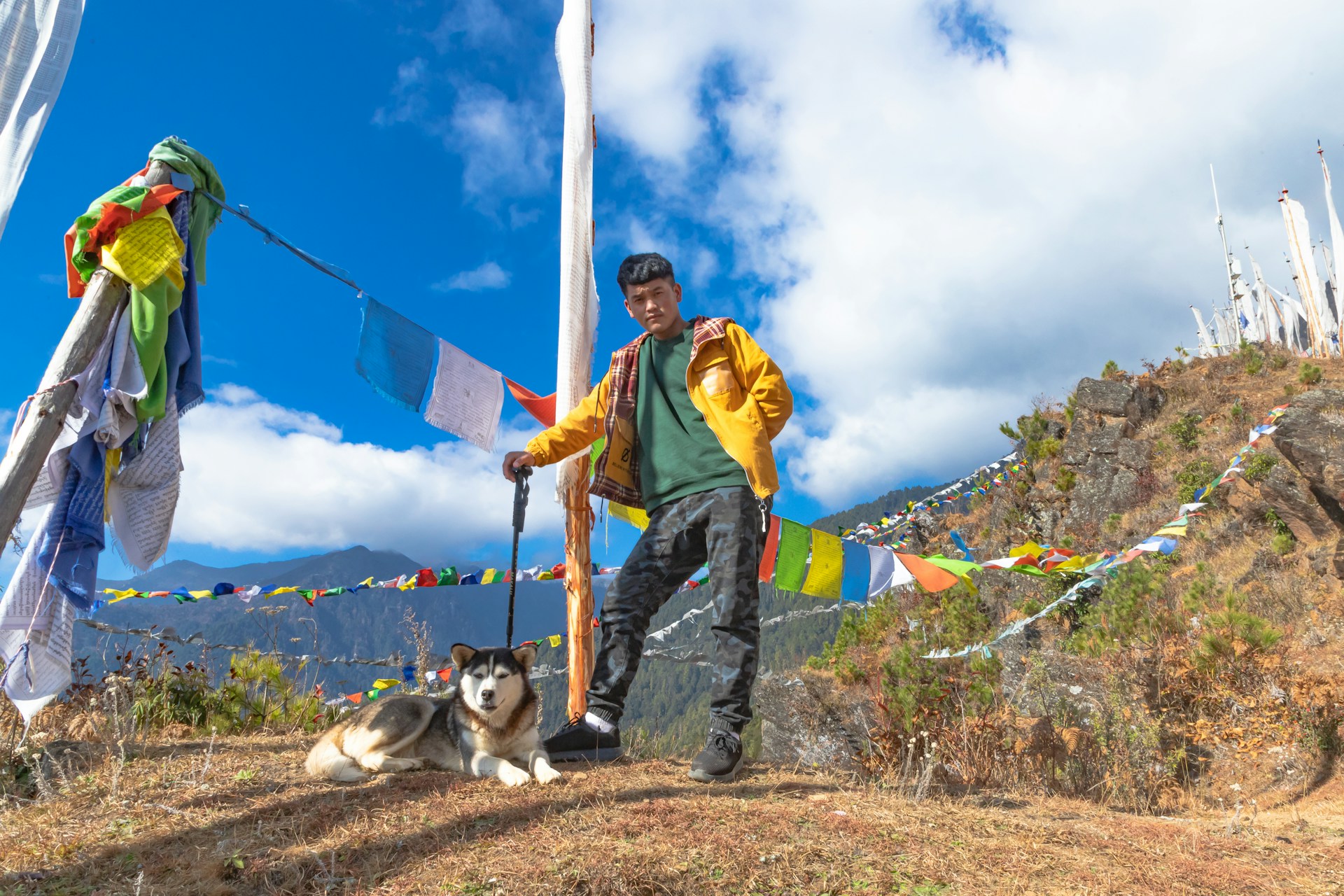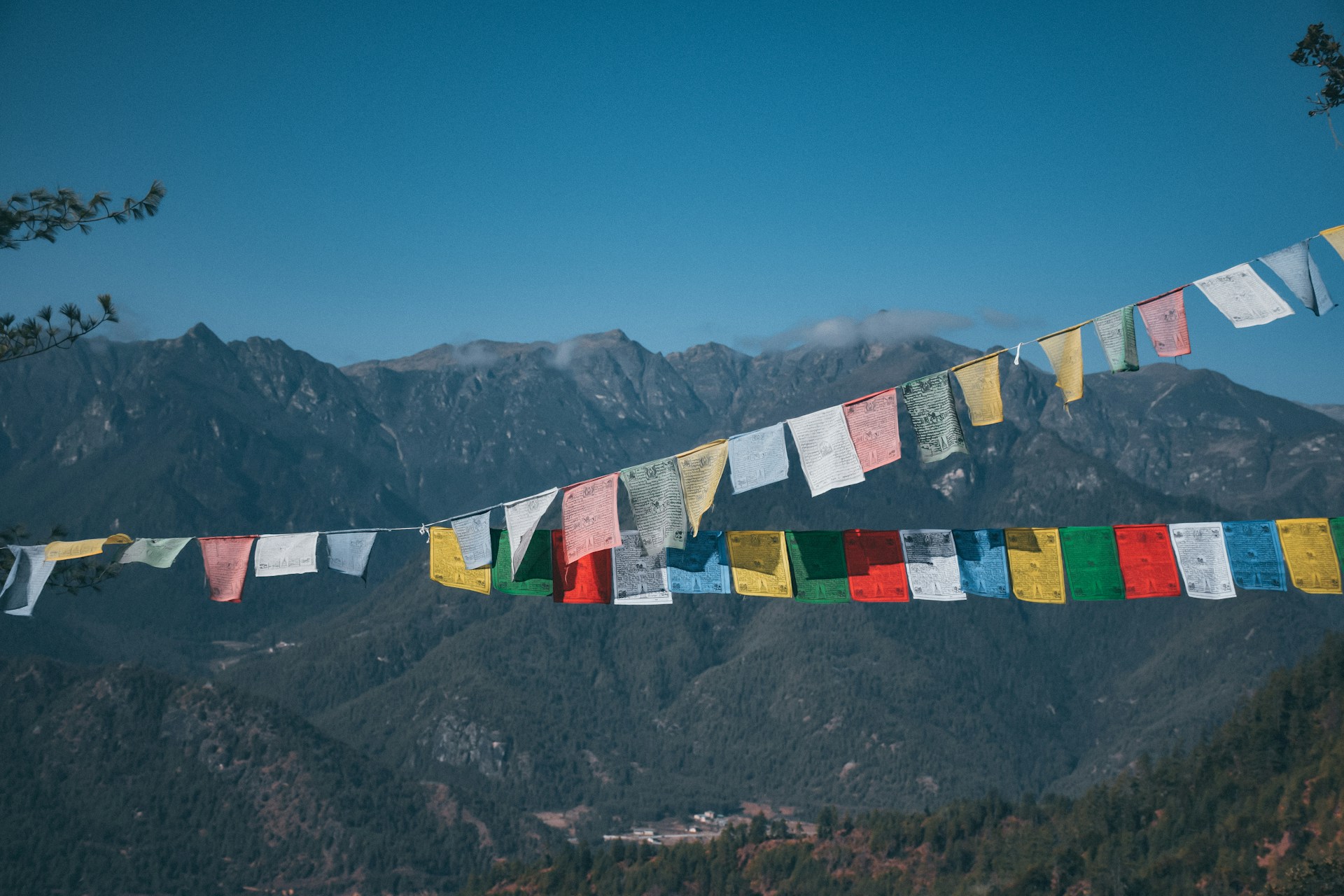Bhutan is a mystical kingdom known for its pristine landscapes, ancient monasteries, and deep-rooted traditions. Often referred to as the "Land of the Thunder Dragon," Bhutan offers a unique blend of natural beauty and spiritual serenity. The country’s commitment to Gross National Happiness, its sustainable development policies, and its deeply spiritual culture set it apart from any other travel destination. From the snow-capped mountains of the north to the lush green valleys of the south, Bhutan’s geography is incredibly diverse and breathtaking. The traditional Bhutanese architecture, fluttering prayer flags, and welcoming locals create an atmosphere of peace and authenticity that leaves a lasting impression on every traveler.
Bhutan tours offer a wide range of experiences that cater to every kind of traveler. Whether you're hiking to the iconic Tiger’s Nest Monastery in Paro, exploring the majestic Punakha Dzong, or witnessing the colorful mask dances at a traditional Bhutanese festival, every moment in Bhutan is immersive and enriching. Adventure seekers can enjoy trekking routes like the Druk Path Trek, Jomolhari Trek, or Laya Gasa Trek, while cultural enthusiasts can dive deep into Buddhist rituals, monastic life, and village homestays. Guided tours often include visits to Thimphu, the modern yet traditional capital, as well as off-the-beaten-path gems in places like Bumthang, Haa Valley, and Gangtey. With well-managed itineraries, professional guides, and a deep respect for nature and culture, Bhutan travel experiences promise more than just sightseeing—they offer meaningful connections and transformative journeys. Whether for a short cultural escape or a long trekking expedition, Bhutan tours are among the most magical and rewarding adventures in the Himalayas.
Green city of Bhutan
Thimphu, the capital of Bhutan, is a vibrant yet serene city surrounded by lush green hills and alpine forests. Despite being the country’s administrative center, Thimphu retains its natural beauty and environmental harmony, with traditional buildings, tree-lined streets, and clean air. The city is free from traffic lights and filled with cultural landmarks, Buddhist monasteries, and peaceful parks. It reflects Bhutan’s blend of modernity and tradition, all while maintaining its strong commitment to environmental preservation.
Paro, home to the iconic Tiger’s Nest Monastery, is one of the most picturesque valleys in Bhutan. Carpeted with rice fields, pine forests, and rivers, Paro Valley offers a tranquil escape into Bhutan’s natural splendor. The fresh mountain air and scenic hiking trails make it a haven for nature lovers and spiritual seekers alike.
Punakha, the ancient capital, is known for its mild climate, lush valleys, and vibrant flora. The confluence of the Pho Chhu and Mo Chhu rivers enriches the land, creating fertile ground for rice farming and blooming jacaranda trees. Punakha Dzong, standing beside the riverbanks, is surrounded by vibrant greenery and a peaceful atmosphere, making it one of Bhutan’s most beautiful and environmentally rich destinations.

Bhutan tour guide quality
Bhutan tour guides are among the most knowledgeable and well-trained professionals in the travel industry, known for their deep understanding of their country’s history, culture, and natural environment. All licensed guides in Bhutan undergo rigorous training and certification through the Tourism Council of Bhutan, ensuring they are well-versed in everything from Buddhist philosophy and local customs to ecology and trekking safety. Their ability to explain Bhutan’s unique traditions, such as Gross National Happiness, monastic life, and religious festivals, brings incredible depth to every tour. What sets Bhutanese guides apart is not just their professionalism, but their genuine passion for sharing their heritage. They offer insightful stories, facilitate meaningful interactions with locals, and ensure every visitor feels welcomed and respected. Whether you're visiting the famous Tiger’s Nest, exploring ancient dzongs, or hiking through the Himalayan wilderness, your guide acts as a bridge between you and Bhutan’s profound spirituality and pristine nature. With warm hospitality, fluency in English, and a deep-rooted pride in their country, Bhutan tour guides elevate every journey into an enriching and unforgettable experience, making them an essential part of any travel adventure in the Land of the Thunder Dragon.

Bhutan tour packages
Bhutan tour packages offer a rich and diverse range of experiences, blending spiritual serenity, cultural discovery, natural beauty, and adventurous exploration. Whether you're a cultural enthusiast, a trekking lover, a wellness seeker, or a nature admirer, Bhutan has something unique to offer. Most tour packages include visits to iconic destinations like Paro, Thimphu, Punakha, and Bumthang, each offering its own charm—be it ancient monasteries, dramatic fortresses (dzongs), or tranquil valleys. From short 3–4 day escapes to longer 7–14 day adventures, Bhutan tours can be tailored to include spiritual retreats, festival celebrations, high-altitude treks, or eco-friendly experiences. Packages are typically all-inclusive, covering accommodation, meals, a licensed guide, transportation, and the mandatory Sustainable Development Fee (SDF), ensuring a hassle-free and immersive journey. With its deep-rooted traditions, friendly locals, and breathtaking Himalayan landscapes, Bhutan tour packages promise not just a vacation, but a transformational travel experience like no other. Whether you're flying in from Nepal, India, Singapore, Bangkok, or Hong Kong, Bhutan welcomes you with open arms and a heart full of happiness.
1) 3 Days Bhutan Tour Package
The 3-day Bhutan tour package is ideal for travelers with limited time who want a quick yet enriching cultural escape. This short journey usually begins in Paro, where visitors can explore the beautiful Paro Valley, visit the sacred Kyichu Lhakhang, and hike to the legendary Tiger’s Nest Monastery (Paro Taktsang)—a spiritual and scenic highlight of Bhutan. A brief visit to Thimphu, Bhutan’s capital, may also be included, where you can see the Tashichho Dzong, Buddha Dordenma statue, and the local markets. This tour offers a taste of Bhutanese hospitality, Buddhist culture, and natural beauty, making it a perfect option for those on a tight schedule or a short getaway from nearby countries like India or Thailand.
2) 4 Days Bhutan Tour Package
The 4-day Bhutan tour package provides a slightly more relaxed pace and includes the highlights of Paro, Thimphu, and optionally Punakha. Visitors will get to experience the majestic Buddha Point, the serene Memorial Chorten, and witness local crafts at the Folk Heritage Museum in Thimphu. A drive to Punakha offers stunning views over the Dochula Pass, where 108 stupas dot the misty hills. In Punakha, you’ll explore the grand Punakha Dzong, Bhutan’s former capital, nestled at the confluence of two rivers. This package is ideal for cultural travelers who want to experience Bhutan’s scenic drives, religious monuments, and valley life without rushing through the experience.
3) 5 Days Bhutan Tour Package
The 5-day Bhutan tour package offers a more immersive experience through western Bhutan with enough time to absorb both natural and cultural wonders. Starting in Paro, you’ll visit key landmarks and make the iconic Tiger’s Nest hike. In Thimphu, explore the city’s blend of tradition and modernity with visits to the National Library, Traditional Medicine Institute, and Takin Preserve. A scenic journey through Dochula Pass leads to Punakha, where the tour includes the stunning Chimi Lhakhang (Fertility Temple) and a walk through peaceful countryside. Optional short hikes, monastery visits, and interaction with local families can be part of the itinerary. This tour is perfect for those looking for a balanced itinerary that includes culture, history, and light adventure.
4) 7 Days Bhutan Tour Package
The 7-day Bhutan tour package is a comprehensive cultural journey that covers Paro, Thimphu, Punakha, and Phobjikha Valley. This week-long itinerary allows travelers to experience Bhutan in a relaxed and meaningful way. Highlights include the Paro Taktsang hike, visits to sacred temples like Rinpung Dzong and Kyichu Lhakhang, and immersive cultural activities such as archery demonstrations, traditional meals, and village visits. In Phobjikha, a glacial valley famous for its black-necked cranes (winter months), you’ll witness untouched nature, serene trails, and monastic life at Gangtey Monastery. The tour also features stops at Dochula Pass, local hot stone baths (optional), and interactions with Bhutanese farmers and monks. Ideal for families, couples, and photography lovers, this package offers the perfect blend of nature, culture, spirituality, and hospitality.
Festivals in Bhutan
Bhutanese festivals, known as Tsechus, are vibrant cultural and religious celebrations held across the country in monasteries, dzongs, and valleys. These festivals honor Guru Rinpoche, the saint who introduced Buddhism to Bhutan, and feature colorful masked dances (Cham dances), music, and rituals performed by monks and laypeople. Major festivals like the Paro Tsechu, Thimphu Tsechu, and Punakha Drubchen attract both locals and travelers for their spiritual depth and joyous atmosphere. Dressed in traditional attire, Bhutanese people gather to celebrate faith, community, and heritage. These festivals in Bhutan offer unforgettable insight into the kingdom’s rich traditions and Buddhist devotion.
Paro Tsechu
Paro Tsechu is one of the most vibrant and widely attended religious festivals in Bhutan, held annually in the Paro Valley during March or April. The festival honors Guru Rinpoche (Padmasambhava), the revered 8th-century Buddhist master who introduced Tantric Buddhism to Bhutan. The event takes place in the courtyard of the majestic Rinpung Dzong and features days of masked dances (Cham dances) performed by monks and laymen in colorful, elaborate costumes. Each dance depicts a spiritual story or moral lesson meant to purify and protect the viewers from negative karma. A key highlight of Paro Tsechu is the unfurling of the Thongdrel, a giant embroidered tapestry of Guru Rinpoche, displayed at dawn on the final day for blessings. This sacred event is believed to wash away sins just by viewing it. Paro Tsechu is not just a religious gathering—it’s a social celebration where locals wear their finest attire, reconnect with friends and family, and enjoy traditional music and food. For visitors, it offers a rich insight into Bhutanese spirituality, culture, and community.




